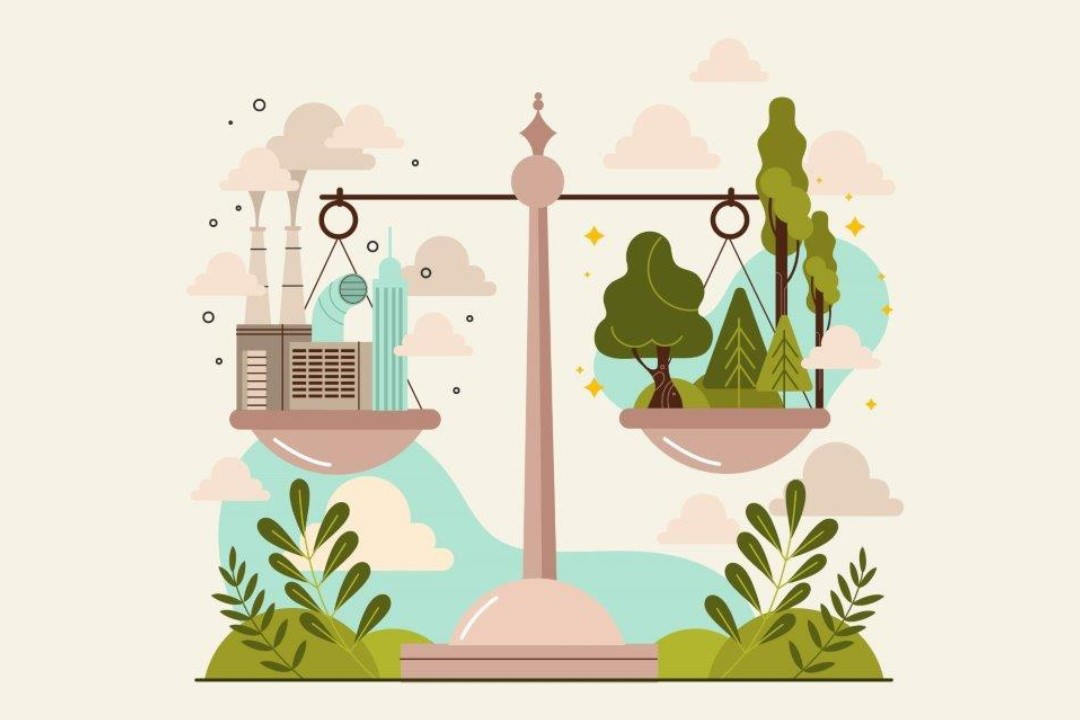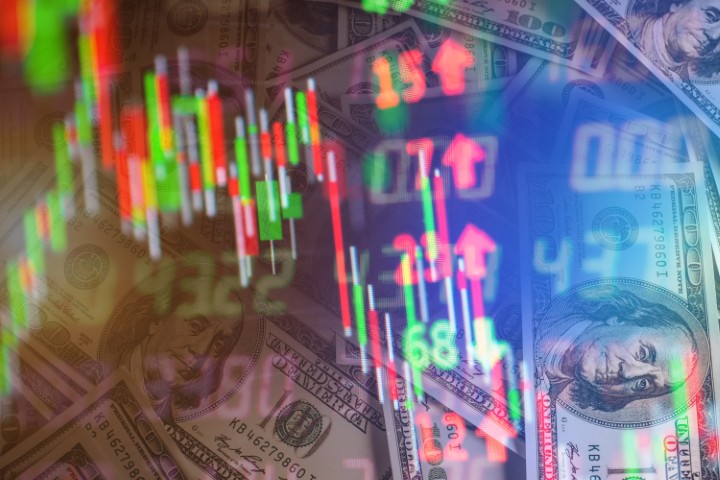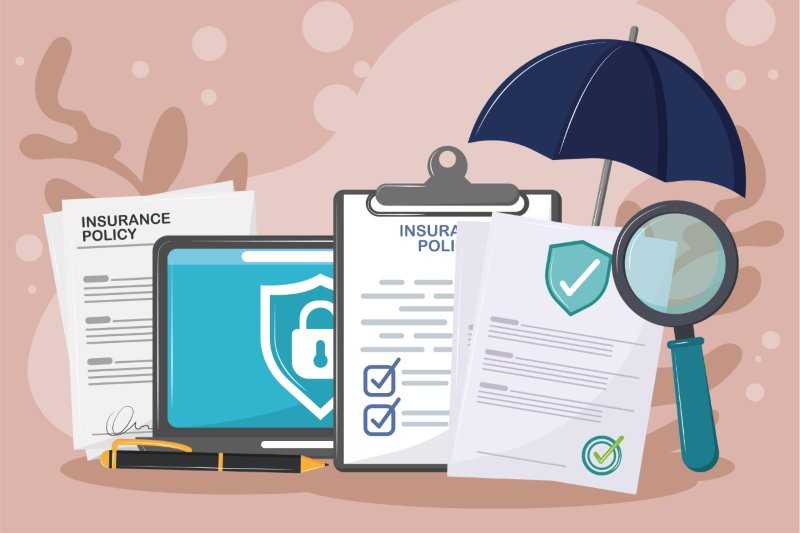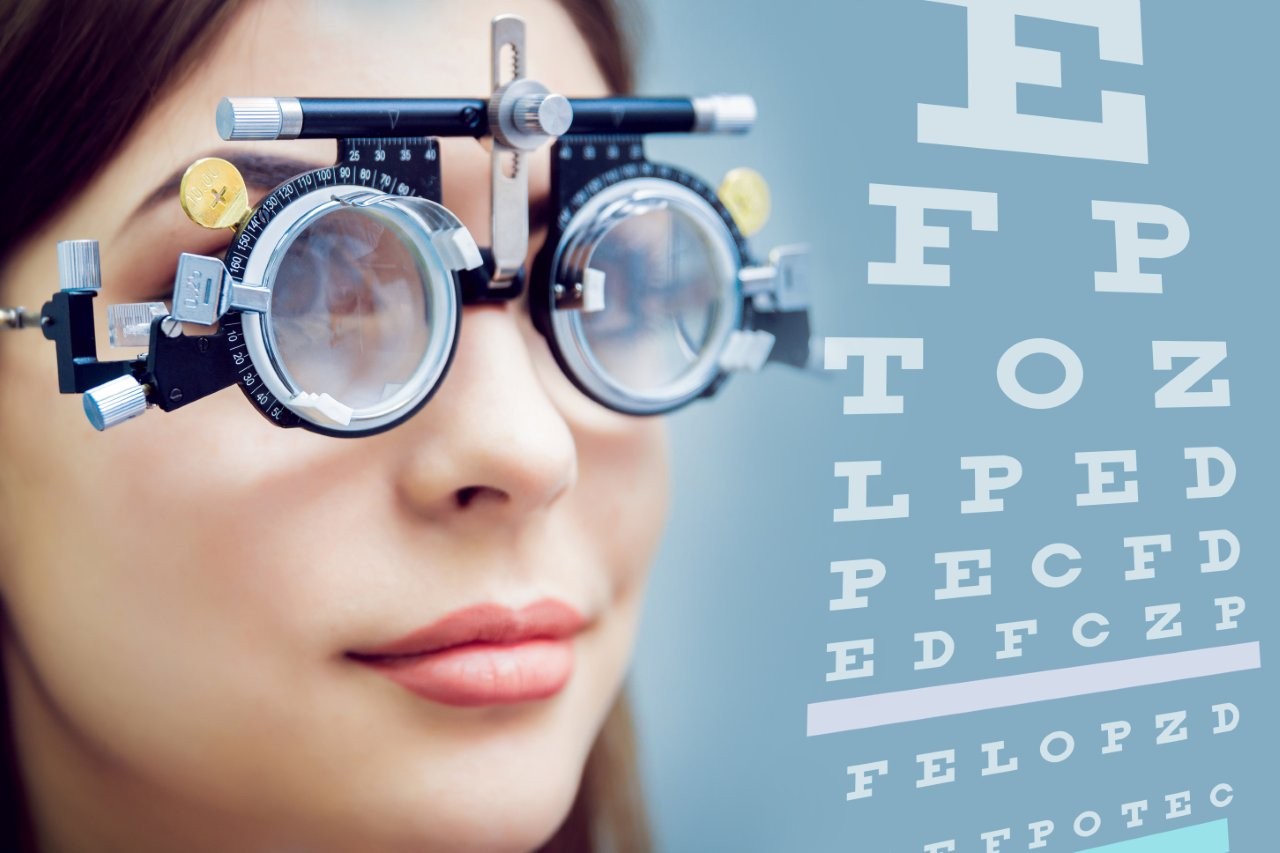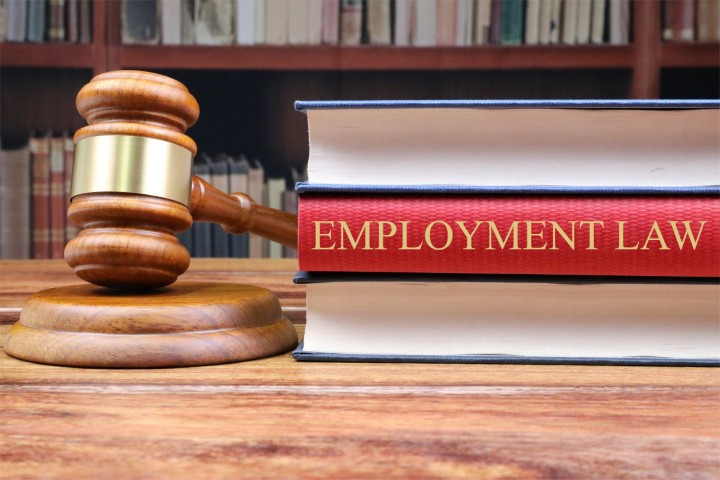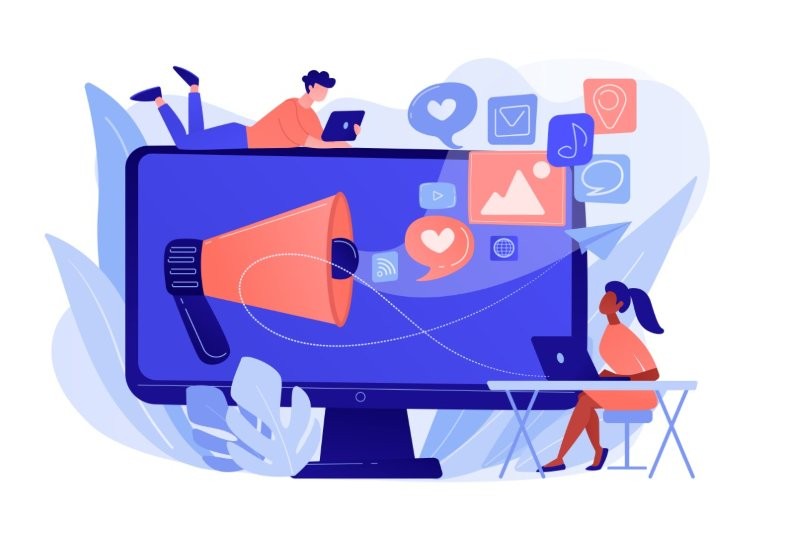Getting started measuring and reducing carbon emissions
The ultimate impact of climate change will be like Covid on steroids. Remember during Covid the impacts of not being able to serve customers in the same way or source products from around the world? All those things will happen again with climate change, only exacerbated. The COP28 climate conference in Dubai last year confirmed the massive implications of climate change expected for healthcare by dedicating an entire day to health organisations and initiatives.
For those in the New Zealand optics industry, which sources so much product from overseas, there will be an increasing customer demand to examine the supply chain to ensure suppliers are minimising their carbon emissions, can back up their environmental claims (such as frames being made from recycled plastics) and are ethical eyewear producers. Despite the challenges this may represent for a company, improving climate performance also has many benefits. For many SME businesses, the main driver for reducing carbon emissions is simply because owners want to be part of a better world. Also, people who work in the health sector often do so because they care about people and want the best for them.
You might also see a potential branding advantage of becoming net carbon zero by offsetting to compensate for your climate impact. This is a neutral place while you're on your carbon reduction journey. Going further, there are branding opportunities for small businesses showing leadership in climate positive options by paying it forward. You may already be providing value by doing some kind of community engagement work.
Being super ambitious you may ask how you can help others make the optics industry really just and equitable. Wouldn’t it be awesome for the New Zealand optical industry to be recognised as a national or even international leader in climate change adaptation?
First tender steps towards greener operations
The nice thing about a certified carbon emission reduction programme, if you decide to embark on one, is that you don’t have to be a sustainability expert or know how to do carbon-footprinting or even know what the greenhouse gases are. You can just start with what is within your control, then continually improve and build momentum over time.
The journey begins with measuring things: then you can make plans to do better by considering how you can reduce consumption or engage differently with customers or suppliers. Can you get better information on your company’s emissions? Can you engage with suppliers to get information from them? Can you do something differently, like change providers if necessary?
If that all sounds too hard for now, there are other things you can do and measure to get a foot on the running board. For example, you might get some good insights about your office electricity usage that you can control. Maybe you have company cars and you want to rethink what type they are when they come up for renewal. Even if you can’t change the vehicle type, you can look at whether you could drive more efficiently through route planning. You probably travel domestically or internationally. Could you do something differently, such as holding more meetings online? If you’re meeting suppliers internationally, could you do just one trip a year or limit the number of people travelling? You’re probably sending waste to landfills or trying to recycle. In the healthcare industry there are layers upon layers of packaging for hygiene reasons, but once you start measuring it you can get a sense of opportunities to reduce or divert it.
Waste: measure first then reduce
Waste is often not a very big part of your carbon footprint, but dealing with it in a more environmentally friendly way is easy for staff and, potentially, customers to get engaged. A group of nurses at Te Whatu Ora Counties Manukau was upset by all the waste going to landfill and asked us how it could be avoided. The first trick, we told them, was to measure it, because if you’re not measuring you probably won’t know how much of a problem you have.
The nurse group developed a project that led to Counties Manukau being one of the earliest carbon-reduced-certified DHBs. It was amazing work and a fully staff-led initiative.
There’s potential leverage for the optics industry to help reduce design waste out of lenses, which are now mostly plastic. The manufacturing process also produces a lot of microplastics that can create massive health problems if they are not well managed. Remember, fashion brands trade on their reputation for environmental and social care.
Unsure about going it alone?
If you’re keen to make the world a better place while also taking a competitive advantage, but really need to talk to the experts first, we’re here to help. Toitū Envirocare provides a full assessment toolkit that takes people with no sustainability experience through the process step-by-step so they understand what it all means. Our tools help you assess how much energy you are purchasing and your other activities and turn those into climate impacts you can understand. Using our subscription-based tool, E-manage, you can start to map out the things you have control over, set targets, make cost savings, increase business efficiency and risk resilience.

Austin Hansell is a Toitū Envirocare product manager with over a decade of expertise in sustainability and climate action. Before shifting to climate, Austin worked in education and then as a licensed dispensing optician in the US. She is currently focused on the Toitū carbon certification programmes. www.toitu.co.nz









